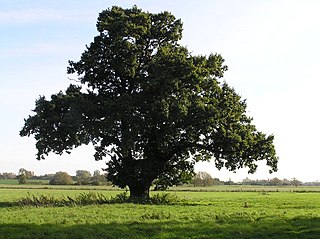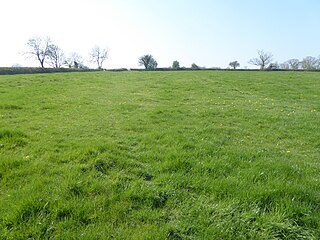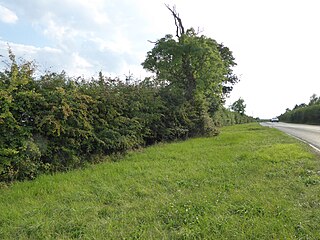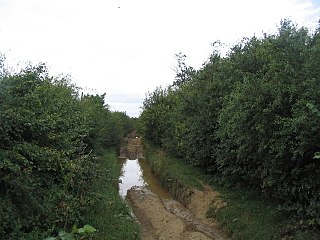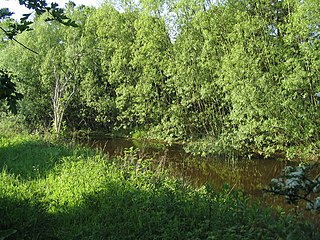| Site of Special Scientific Interest | |
Ryhall Pasture | |
| Area of Search | Lincolnshire Rutland |
|---|---|
| Grid reference | TF 021 137 [1] |
| Interest | Biological |
| Area | 6.2 hectares [1] |
| Notification | 1983 [1] |
| Location map | Magic Map |
Ryhall Pasture and Little Warren Verges is a 6.2 hectare biological Site of Special Scientific Interest north of the village of Ryhall. Little Warren Verges is in Lincolnshire and Ryhall Pasture is in Rutland. [1] [2]

A Site of Special Scientific Interest (SSSI) in Great Britain or an Area of Special Scientific Interest (ASSI) in the Isle of Man and Northern Ireland is a conservation designation denoting a protected area in the United Kingdom and Isle of Man. SSSI/ASSIs are the basic building block of site-based nature conservation legislation and most other legal nature/geological conservation designations in the United Kingdom are based upon them, including national nature reserves, Ramsar sites, Special Protection Areas, and Special Areas of Conservation. The acronym "SSSI" is often pronounced "triple-S I".

Ryhall is a village and civil parish in the county of Rutland in the East Midlands of England. It is situated close to the eastern boundary of the county, about 2 miles (3 km) north of Stamford.
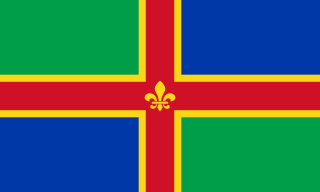
Lincolnshire is a county in eastern England, with a long coastline on the North Sea to the east. It borders Norfolk to the south east, Cambridgeshire to the south, Rutland to the south west, Leicestershire and Nottinghamshire to the west, South Yorkshire to the north west, and the East Riding of Yorkshire to the north. It also borders Northamptonshire in the south for just 20 yards (18 m), England's shortest county boundary. The county town is the city of Lincoln, where the county council has its headquarters.
The main grasses on Ryhall Pasture are tor-grass, upright brome and red fescue. The soil is on Jurassic Upper Lincolnshire Limestone, and the rich herb flora include clustered bellflower and greater knapweed. The roadside verges have a diverse calcareous flora, and adjacent hedges are rich in herbs and insect species. [3]
The Jurassic was a geologic period and system that spanned 56 million years from the end of the Triassic Period 201.3 million years ago (Mya) to the beginning of the Cretaceous Period 145 Mya. The Jurassic constitutes the middle period of the Mesozoic Era, also known as the Age of Reptiles. The start of the period was marked by the major Triassic–Jurassic extinction event. Two other extinction events occurred during the period: the Pliensbachian-Toarcian extinction in the Early Jurassic, and the Tithonian event at the end; however, neither event ranks among the "Big Five" mass extinctions.
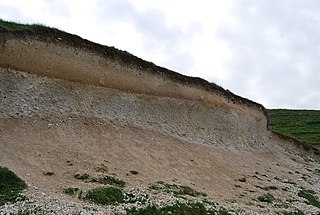
Calcareous is an adjective meaning "mostly or partly composed of calcium carbonate", in other words, containing lime or being chalky. The term is used in a wide variety of scientific disciplines.
There is public access to the verges but not to the meadow.







